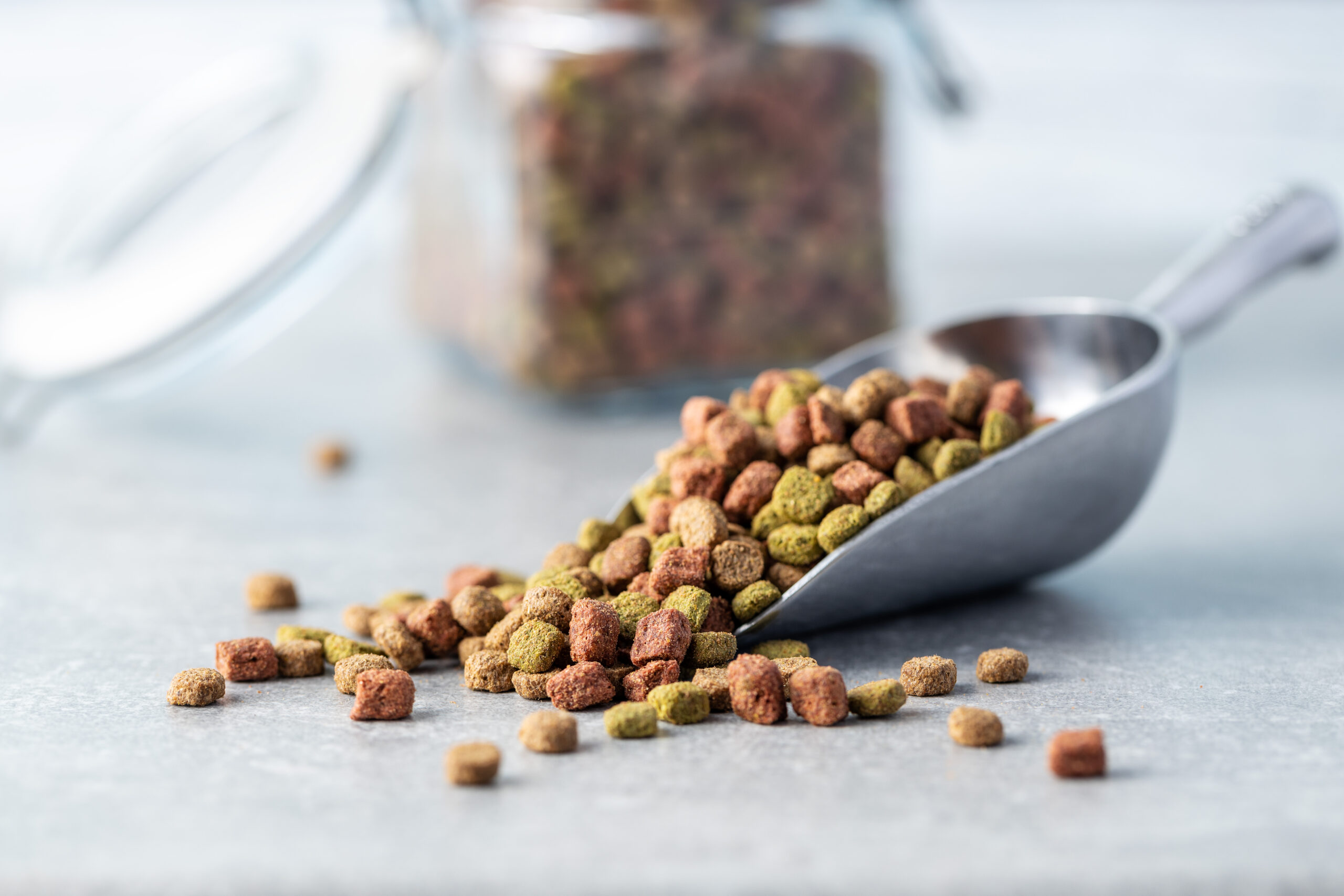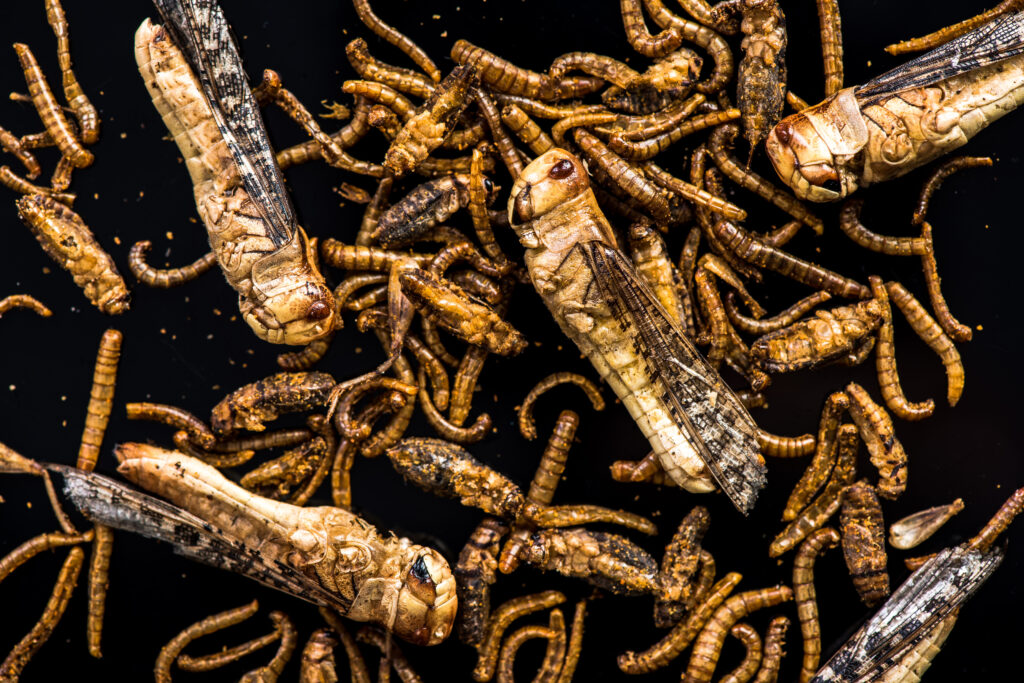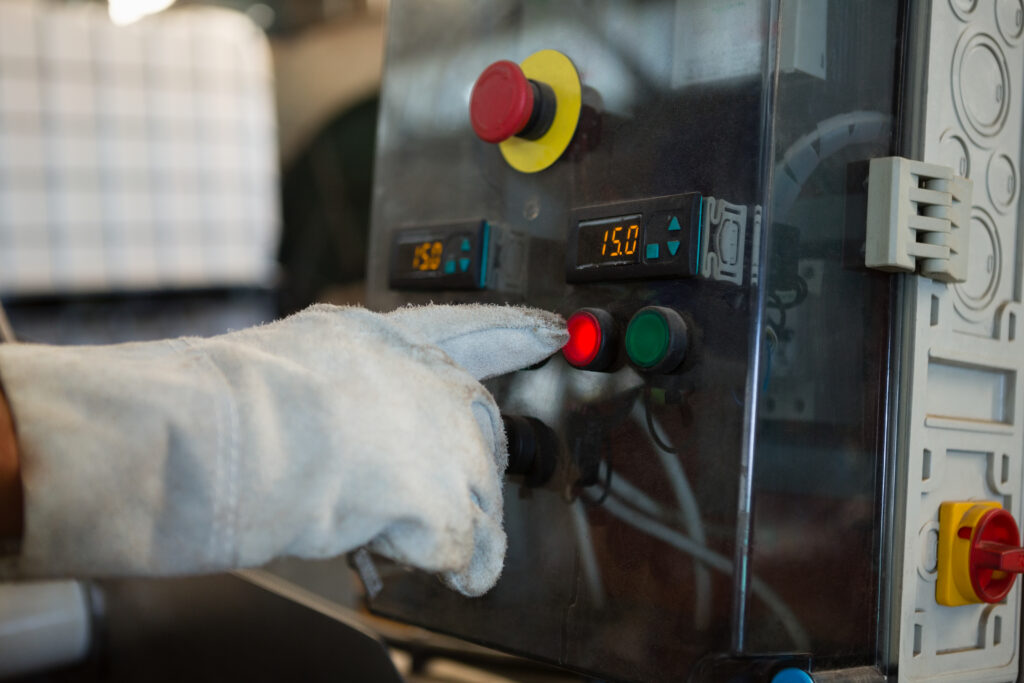
The pet food industry is evolving rapidly, and manufacturers are stepping up to meet growing customer demands. Pet owners today are not only looking for high-quality and health-conscious products but are also prioritizing sustainability in both packaging and ingredients. Manufacturers are listening and making meaningful changes, adapting their production processes to align with these shifting expectations.
From my perspective in the industry, I’ve noticed manufacturers focusing heavily on optimizing their operations. This includes investing in equipment that improves production flow, reduces costs, and allows for faster, more efficient output. However, these changes bring challenges. Questions around scaling production—balancing quality, dwell time, production run costs, and output quantity—are key concerns that manufacturers are tackling head-on.
As the industry navigates this transformation, innovations in alternative proteins, automation, and scalable production systems are offering solutions that help pet food manufacturers stay competitive. By embracing these advancements, companies can not only meet today’s demands but also prepare for long-term success in a rapidly changing market.
Sustainable Ingredients: The Rise of Insect-Based Proteins
One of the most exciting shifts I see in the pet food industry is the move toward alternative proteins, especially insect-based options. Pet owners are becoming more mindful of not only the health of their pets but also the impact their choices have on the planet. This is pushing manufacturers to explore sustainable, nutrient-dense ingredients like black soldier fly larvae, crickets, and mealworms.

The growth in this market is impressive. Insect-based pet food, valued at USD 4.6 billion in 2023, is projected to more than double to USD 11.5 billion by 2033, growing at a 9.6% compound annual growth rate (CAGR). It’s clear that this isn’t just a niche trend—it’s a shift that’s reshaping the way we think about pet food production.
Insect farming offers clear advantages for manufacturers looking to align with sustainability goals. Compared to traditional livestock, insects require significantly less land, water, and feed while producing far fewer greenhouse gases. They also play a role in reducing food waste by converting organic materials into high-value protein, contributing to a circular economy. For manufacturers, this means they can deliver on sustainability promises while creating high-quality products that appeal to today’s eco-conscious pet owners.
That said, there are challenges. Educating pet owners about the benefits of insect proteins is a critical step. I’ve seen hesitation from consumers who are unfamiliar with these ingredients or skeptical about their safety and nutrition. Transparent communication and effective marketing will be key for manufacturers to overcome these barriers and drive adoption.
Examples of Industry Leaders
Entosystem is setting an incredible example in the industry. They use black soldier fly larvae to transform 90,000 tonnes of organic food waste annually into protein meal for aquaculture and poultry. What stands out to me is their carbon-negative production model, which reduces greenhouse gas emissions by 85%. They’re a company that’s showing manufacturers how to align production practices with consumer values.
Entomo Farms is another leader I admire. As North America’s largest cricket farm, they produce cricket powder and roasted crickets for both pet food and human-grade applications. Their partnerships with major brands like Loblaws and Purina prove that insect proteins are moving beyond niche markets into mainstream adoption. Their ability to scale shows the potential for these proteins to meet growing demand.
Alternative proteins like these aren’t just a sustainability initiative—they’re a competitive edge for pet food manufacturers. Consumers are willing to pay a premium for eco-friendly, high-quality products, and this shift is creating a real opportunity for manufacturers to differentiate themselves in the market. From what I see, companies that embrace these innovations will position themselves to lead in this evolving industry.
Scaling for the North American Market
The North American pet food market continues to grow at an incredible pace, fueled by increasing pet ownership, the rise of e-commerce, and a clear shift toward premium, health-conscious products. From my experience, this growth has created both opportunities and challenges for manufacturers. They’re being pushed to scale up operations while maintaining efficiency, quality, and cost control.
Market Growth and Projections
The numbers speak for themselves. In 2022, the North American pet food market was valued at approximately USD 72.71 billion, and it’s expected to nearly double by 2030, reaching USD 136.38 billion with a compound annual growth rate (CAGR) of 8.22%. The U.S. remains the dominant player in this space, generating revenue of USD 36.1 billion in 2023 and projected to grow at a steady 8% CAGR through 2032. This level of demand is forcing manufacturers to reevaluate how they approach production, not just to keep up but to stay ahead of the curve.
Scalable Solutions for Growth
One of the biggest challenges I see manufacturers facing is figuring out how to scale their operations while remaining efficient and cost-effective. The solution often lies in adopting modular or continuous production systems, which offer flexibility and reliability to meet growing demands.
From what I see, manufacturers who invest in scalable solutions are better positioned to meet the rising demand for premium pet food products across North America. These systems not only allow for higher production capacity but also help maintain the quality and efficiency that today’s pet owners expect. Scaling production is no longer just about output—it’s about doing it smarter, faster, and with a focus on long-term growth.
Automation and Efficiency in Manufacturing

Automation is transforming how pet food manufacturers approach production. It’s no longer just a tool to increase output—it’s a necessity to stay competitive. With labor shortages, rising costs, and the growing need for precision, automation is helping manufacturers optimize processes, maintain quality, and scale their operations effectively.
The Benefits of Automation
Manufacturers I work with are seeing firsthand how automation addresses some of their biggest challenges. Here’s where automation is making the most impact:
Case Study: Bug Mars (Canada / USA)
Bug Mars, a Canadian/US biotechnology company, is an excellent example of how automation is being used to its fullest potential. Their Hexapod platform integrates artificial intelligence and machine learning to automate insect farming, and it’s a game-changer in alternative protein production.
Bug Mars’ use of automation showcases how alternative protein producers can scale efficiently while meeting the rising demand for sustainable ingredients. Their integration of AI and machine learning sets a new standard for cost-effective and reliable insect farming, making alternative proteins a key part of the pet food supply chain.
Overcoming Challenges: Balancing Innovation and Consumer Education
While the industry is advancing rapidly, manufacturers must address challenges such as:
Conclusion: A Sustainable and Efficient Future
The North American pet food industry is at a turning point, and sustainability, innovation, and efficiency are at the core of its transformation. Companies like Entosystem, Entomo Farms, and Bug Mars are showing what’s possible by developing sustainable proteins and leveraging automation to address production challenges. These advancements aren’t just changing how pet food is made—they’re solving real issues, like scaling production and meeting consumer expectations for quality and sustainability.
From my perspective, manufacturers and ingredient producers who embrace these changes are the ones who will lead the industry forward. Focusing on sustainability, optimizing operations, and building consumer awareness around innovative ingredients like alternative proteins are no longer optional—they’re essential strategies for staying ahead in the evolving market. The future of pet food manufacturing is full of opportunity, and companies willing to adapt are the ones that will define what’s next.

Niki St.Denis, Sales Manager
Nyle Dehydrators